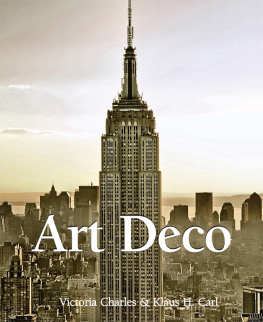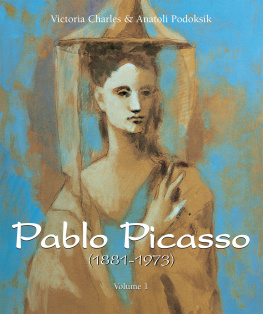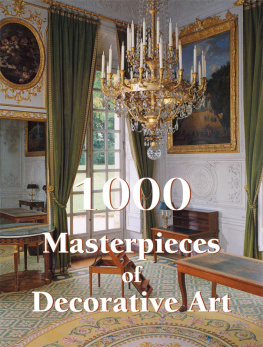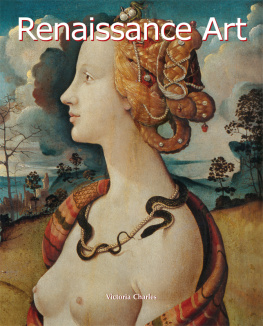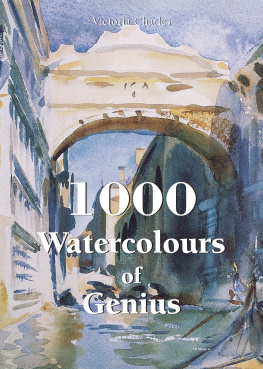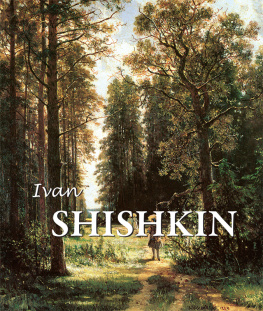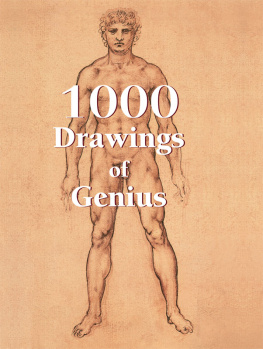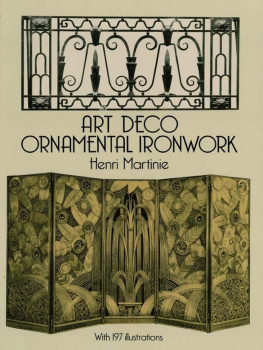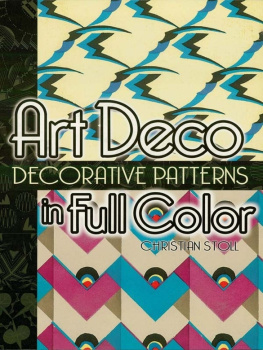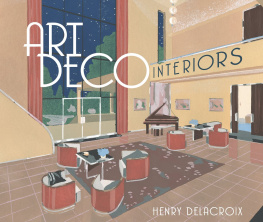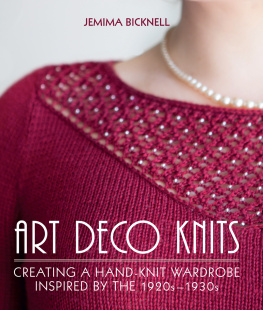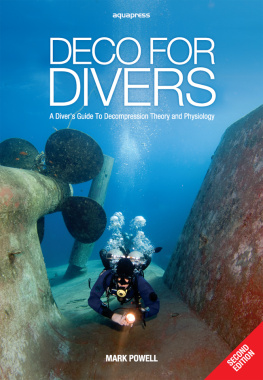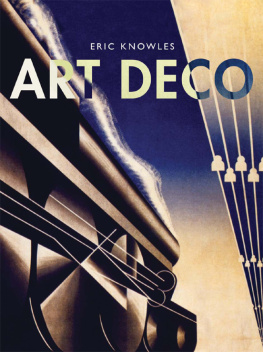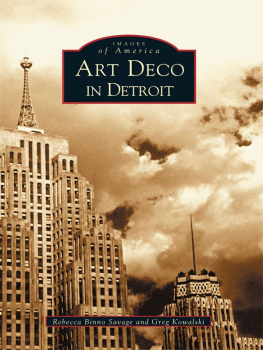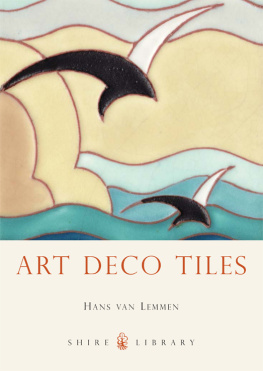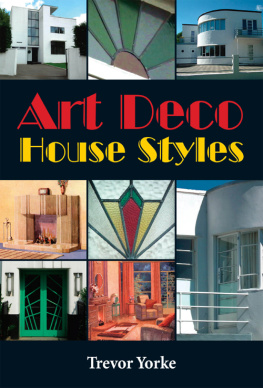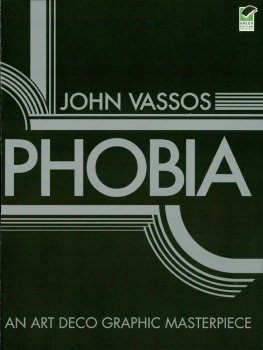Author:
Victoria Charles
Layout:
Baseline Co. Ltd
61A-63A Vo Van Tan Street
4 th Floor
District 3, Ho Chi Minh City
Vietnam
Library of Congress Cataloging-in-Publication Data
Charles, Victoria.
Art deco / Victoria Charles.
pages cm
Includes index.
1. Art deco. I. Title.
N6494.A7C49 2013
709.04012--dc23
2012051017
Confidential Concepts, worldwide, USA
Parkstone Press International, New York, USA
Image-Bar www.image-bar.com
Edgar Brandt, Artists Rights Society (ARS), New York / ADAGP, Paris (pp. )
Jean Dunand, Artists Rights Society (ARS), New York / ADAGP, Paris (pp. )
All rights reserved.
No part of this publication may be reproduced or adapted without the permission of the copyright holder, throughout the world. Unless otherwise specified, copyright on the works reproduced lies with the respective photographers, artists, heirs or estates. Despite intensive research, it has not always been possible to establish copyright ownership. Where this is the case, we would appreciate notification.
ISBN: 978-1-78310-391-1
Victoria Charles
ART DECO

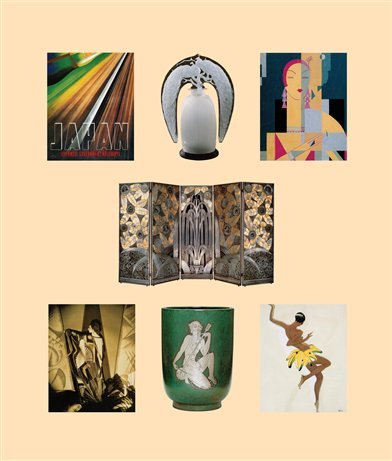
CONTENTS
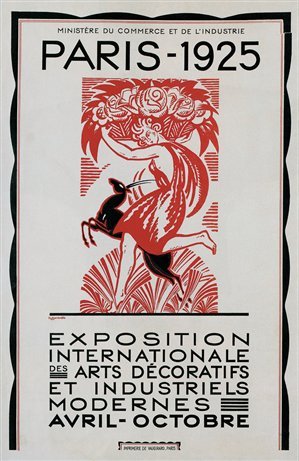
Robert Bonfils, Poster for the
Exposition de Paris (Paris Exhibition) of 1925.
Colour woodcut. Victoria and Albert Museum, London.
Introduction
Decorative and industrial arts, like all forms of art, are an expression of life itself: they evolve with the times and with moral or material demands to which they must respond. Their agenda and means are modern, ever-changing, and aided by technological progress. It is the agenda that determines the shapes; hence technology is also part of it: sometimes they are limited by its imperfections, sometimes it develops them by way of its resources, and sometimes they form themselves. Weaving was initially invented because of the need to clothe the body. Its development has been crucial to that of textile arts. Today, market competition has created the need for advertising: the poster is a resulting development and the chromolithograph turned it into an art form. Railways could not have existed without the progress of metallurgy, which in turn paved the way for a new style of architecture.
There is a clear parallel between human needs and the technology that caters to them. Art is no different. The shapes it creates are determined by those needs and new technologies; hence, they can only be modern. The more logical they are, the more likely they are to be beautiful. If art wants to assume eccentric shapes for no reason, it will be nothing more than a fad because there is no meaning behind it. Sources of inspiration alone do not constitute modernism. However numerous they are, there is not an inexhaustive supply of them: it is not the first time that artists have dared to use geometry, nor is it the first time that they have drawn inspiration from the vegetable kingdom. Roman goldsmiths, sculptors from the reign of Louis XIV, and Japanese embroiderers all perhaps reproduced the flower motif more accurately than in 1900. Some modern pottery works are similar to the primitive works of the Chinese or the Greeks. Perhaps it is not paradoxical to claim that the new forms of decoration are only ancient forms long gone from our collective memory.
An overactive imagination, an over-use of complicated curves, and excessive use of the vegetable motif these have been, over the centuries, the criticisms ascribed to the fantasies of their predecessors by restorers of straight lines, lines that Eugne Delacroix qualified as monstrous to his romantic vision. Whats more, in the same way that there has always been a right wing and a left wing in every political spectrum, ancient and modern artists (in age and artistic tendencies) have always existed side-by-side. Their squabbles seem so much more futile, as with a little hindsight, we can see the similarities in the themes of their creations, which define their styles.
The style of an era is marked on all works that are attributed to it, and an artists individualism does not exempt his works from it. It would be excessive to say that art must be limited to current visions in order to be modern. It is, however, also true that the representation of contemporary customs and fashion was, at all times, one of the elements of modernism. The style of a Corinthian crater comes from its shape, a thin-walled pottery vessel inspired by the custom of mixing water and wine before serving them. But its style also results from its decoration: the scenes painted on it depicted contemporary life or mythological scenes.
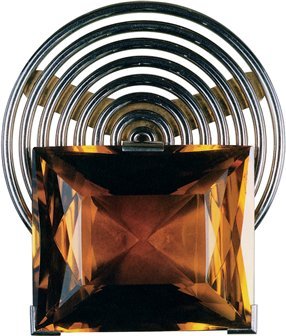
Jean Fouquet, Pendant, c. 1930.
White gold, yellow gold, and citrine, 8 x cm .
Private collection, Paris.
Those who think that the Jacquard loom, the lace-making machine, the great metalworking industry, and gas lighting all date from the beginning of the 19 th century, would be interested to learn that they were not pioneering technologies; they were only used to copy ancient silks, needle-points, or spindle laces to create imitation stone walls and light porcelain candles. Hence, it is necessary to admire those who dared to use cast and rolled iron in construction. They were the first to revive the tradition of modernism in architecture; they are the true descendants of French cathedral builders. Therefore, Antoine-Rmy Polonceau, Henri Labrouste, and Gustave Eiffel are perhaps the fathers of the 19 th -century Renaissance, rather than the charming decorators who, following John Ruskin, tried to break with the pastiche and create, first and foremost, a new style using nature as a starting point.
The vision of nature, literally paraphrased and translated in the works of mile Gall, was not compatible with the demands of the design and the material. A marrow, wrote Robert de Sizeranne, can become a library; a thistle, an office; a water lily, a ballroom. A sideboard is a synthesis; a curtain tassle, an analysis; a pair of tweezers, a symbol. The research of something new borrowed from the poetry of nature, in breaking voluntarily with the laws of construction and past traditions, must have offended both common sense and good taste. To transpose nature into its fantasies rather than studying its laws was a mistake as grave as imitating past styles without trying to understand what they applied to. This was just the fashion of the time, but being fashionable does not constitute modernism.
Reviving tradition in all its logic, but finding a new expression in the purpose of the objects and in the technical means to achieve them, which is neither in contradiction nor an imitation of former shapes, but which follows on naturally; this was the modern ideal of the 20 th century. This ideal was subject to a new influence: science. How could it be that artists would remain oblivious to the latent, familiar, and universal presence of this neo-mechanisation, this vehicle for exchanges between men: steamers, engines, and planes, which ensure the domination of the continents and the seas, antennas and receivers which capture the human voice across the surface of the globe, cables which mark out roads awakened to a new life, visions of the whole world projected at high speed on cinema screens? Machines have renewed all forms of work: forests of cylinders, networks of drains, regular movements of engines. How could all this confused boiling of universal life not affect the brains of the decorators?

